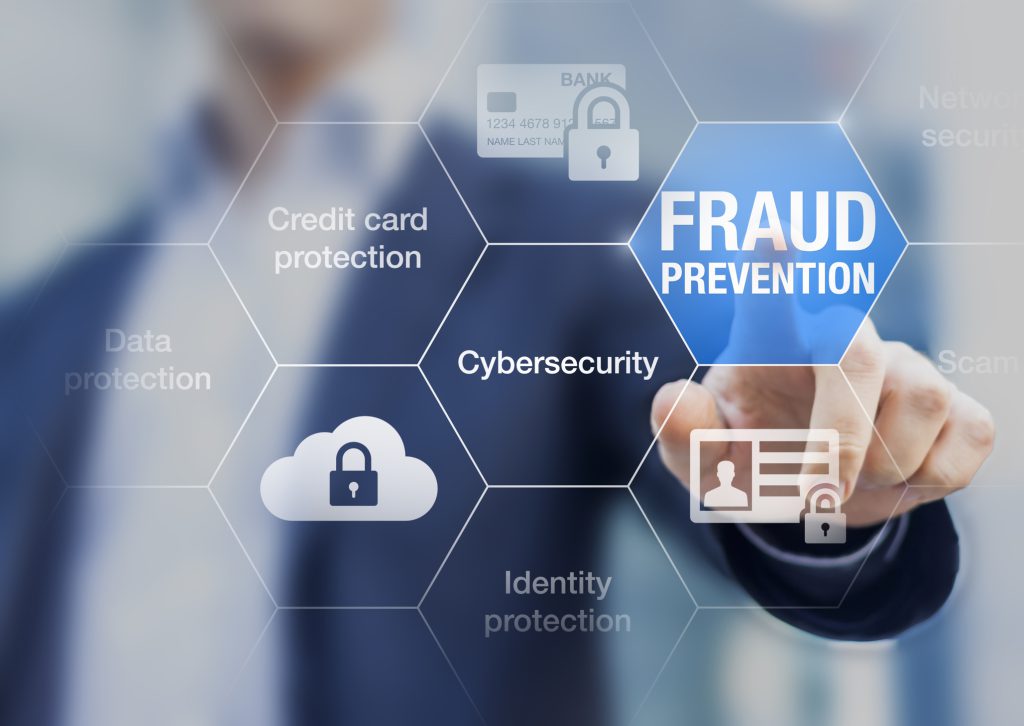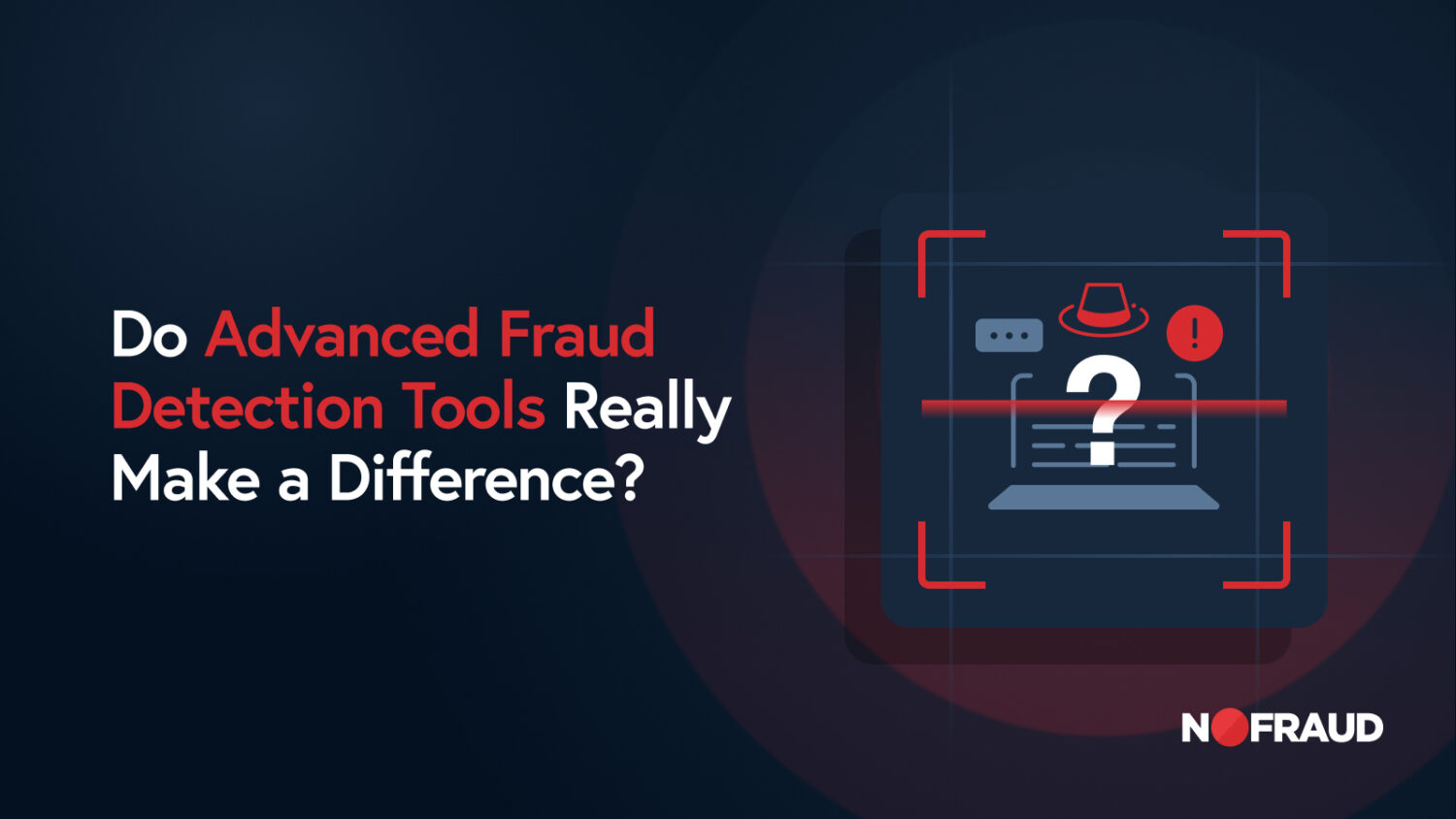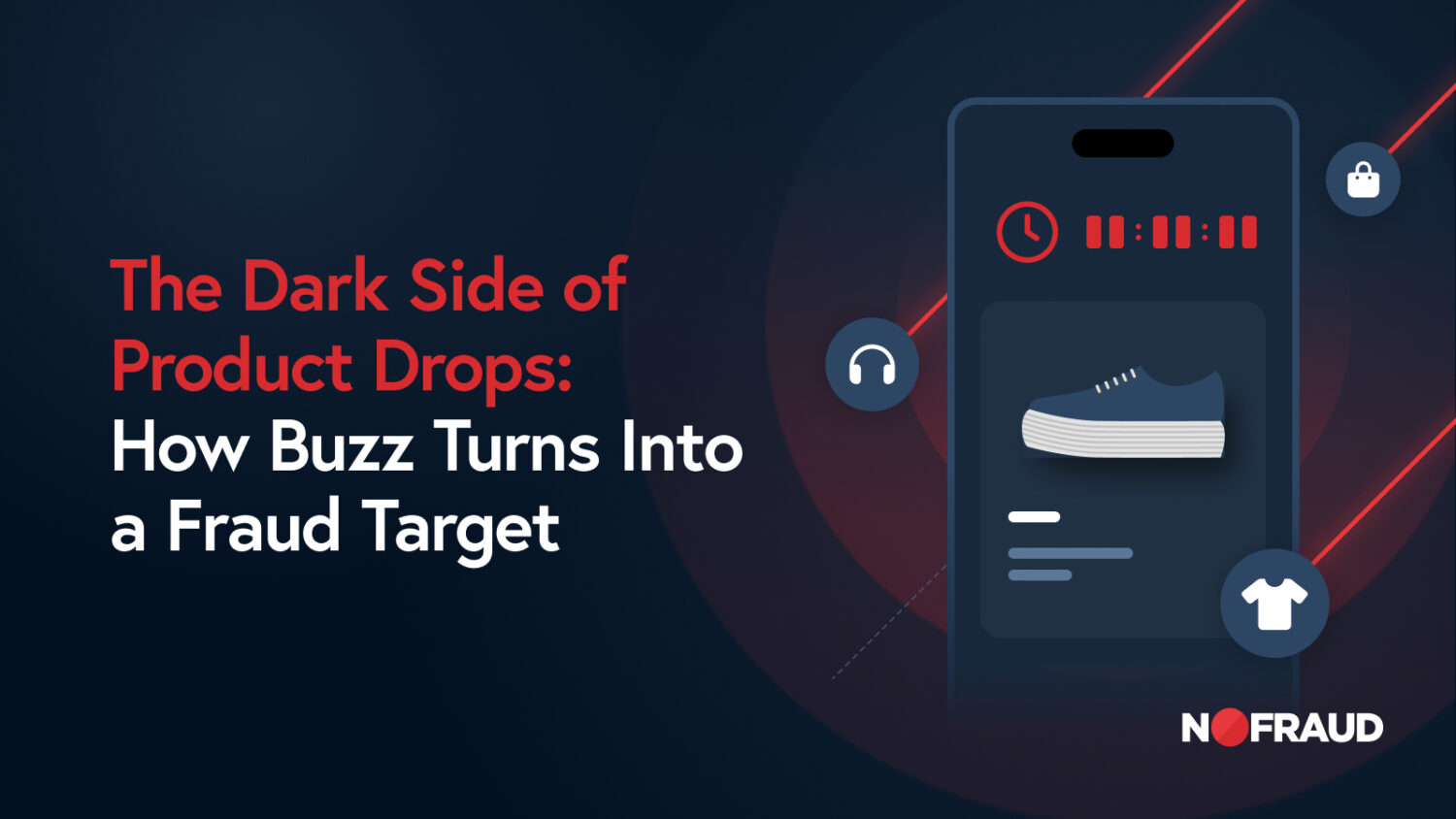Receiving an order with a request for delivery to a “freight forwarder” or “reshipper” can make even the most experienced eCommerce merchant wary.
For many online sellers, a freight forwarder is associated with fraud—often, it’s assumed to be a fake address used by scammers—and for good reason.
In this blog post, we’re breaking down how to safely do business with customers that use freight forwarders, what you can do to identify fraud and fight chargebacks, and how NoFraud’s fraud prevention service can help protect you.

What is a Freight Forwarder?
A freight forwarder, or reshipper, is a business that receives packages and reships them to a secondary destination. Many freight forwarders are international shippers, accepting packages from businesses in one country and sending them to customers in another country.
Here’s an example of how it works: a customer places an order through your site and puts in the freight forwarder’s address as their shipping address. You accept payment from the customer and ship their order to the freight forwarder, and the freight forwarder loads it onto a shipping container and reships it to your customer.
Detecting Freight Forwarders with Shipping Addresses
Many people often ask how you can tell if an order’s shipping address belongs to a freight forwarder?
An order shipped to a freight forwarder often contains a string of numbers and letters in the address field (for example, 321 Harbor Road Suite 303 #XYZ-56784567). The freight forwarder uses this number to keep track of which packages belong to which customer or which shipping container they need to be repacked into.
If you look up the address on Google Maps, a freight forwarder will typically appear as a storefront or warehouse. Because they often ship internationally, most freight forwarders are located at a country’s border, and many are near large coastal shipping ports.
Examples of popular locations for freight forwarders include:
- Wilmington, Delaware
- Portland, Oregon
- Miami, Florida
There are publicly available lists of registered freight forwarding companies, so you can always research a shipping address and see if it comes up as a reshipper.
Why are Orders Sent to Freight Forwarders Considered High Risk?
Many scammers use freight forwarders to disguise their fraudulent orders as valid ones. While shipping a package to Nigeria may raise some eyebrows, shipping a package to Doral, Florida is more likely to go unnoticed by a merchant’s fraud detection system.
By hiding behind a reshipper’s address, these scammers hope to sneak past your defenses.
Using a freight forwarder’s address also protects the fraudster’s identity, as they can receive an item without revealing their true location. This is especially helpful for those who place orders using stolen credit card information.
How Freight Forwarder Scams Work
Scammers have figured out several ways to cheat merchants through reshipping fraud, also called delivery address fraud.
3 Common Reshipping Schemes:
- Fake Address, Fake Payment Scam
- Fraud Mule Scam
- The Shipping Costs Scam
The Fake Address, Fake Payment Scam
The scammer places an order for delivery to a real reshipping company but pays with stolen or falsified information. By the time you’ve gotten a declined payment bank notification and a chargeback fee, the scammer has already received his order from the reshipper. It’s difficult to track him down because you don’t have his real billing or shipping information.
The Fraud Mule Scam
Perhaps the most infamous form of reshipping fraud is when the fraud mule scam takes advantage of innocent third parties. Scammers recruit people looking for legitimate work-from-home jobs as gift wrappers or shipping inspectors. The scammer places orders through your site (usually with stolen credit cards) and ships the packages to the clueless “gift wrappers.” They reship the items to the scammer, who takes possession of the goods without ever giving the merchant his real location or identity.
The fraud mule scam hurts a staggering number of innocent people:
- The merchant.
- The owner of the stolen credit card.
- The “fraud mule,” the person who unknowingly reships stolen products.
For a more in-depth description of this scam and how to spot it, check out our blog post on fraud mule scams.
The shipping costs scam
The scammer starts by inventing a fictional freight forwarding company. They may try to make it look credible by creating a fake website or giving it a name close to the name of a real freight forwarder.
They then place a large order with your business and ask you to deliver it to his “freight forwarder,” presenting it as a real company. They will ask that you cover the cost of shipping and promises to reimburse you. Since the “freight forwarder” belongs to the scammer, he’ll keep any money you send him and then cut off contact.
Are Freight Forwarders Orders Ever Safe?
Simple answer, yes. But that’s what makes everything so tricky!
There are plenty of genuine customers who use freight forwarders. For example, some use reshipping services to order products that can’t be shipped directly to their country.
Other international shoppers use freight forwarders to save money. Many people who live outside of the USA prefer American brands, which can be prohibitively expensive when purchased abroad. It’s sometimes cheaper to just order the items from American sites and reship them through a freight forwarder.
These authentic international clients can become your loyal customers, and they often place high-value orders. It would be a shame to decline business with them due to the risk of reshipping fraud.
How to Distinguish Between Legitimate and Fraudulent Orders
While you should be cautious about orders shipped to freight forwarders, denying all shipments to reshippers will result in lost sales and hurt your bottom line—especially since the typical customer that uses a reshipper has a higher-than-average cart value.
The key to successfully identifying fraudulent orders is to look at the other data points for clues.
Key data points include:
- Use of a Proxy
- IP Location
- Billing Address
- Country where the credit card was issued
- Email longevity
- Customer order history
- Reshipper history
Use of a Proxy
IP proxies disguise a user’s internet connection. For a scammer, they’re a way to attempt to conceal their identity and pass as a legitimate customer.
IP Location
It often makes sense for international shoppers to use freight forwarders for the reasons listed earlier. It makes a lot less sense for a shopper in the US to ship to a freight forwarder when they could have accepted delivery directly to their address. An American IP address paired with an American freight forwarder could signify that the customer is only using the reshipper as a “fake address” to cover their tracks.
Do you have multiple orders with different customer names, but all with the same IP address? That’s a red flag. A scammer might be trying to pass himself off as several shoppers to avoid suspicion.
Billing Address
Be cautious when orders are placed from a geographic area you don’t usually do business with, especially when the billing address doesn’t match the shipping address.
Another consideration: an expensive order coming from a low-income area should raise red flags. The order might be coming from a scammer or a “freight mule” unknowingly working for a scammer.
Country Where the Credit Card was Issued
Many scammers use stolen credit cards from other countries. If a customer’s credit card is from one country and their IP address is from another, there’s a higher risk that the order is fraudulent.
Email Longevity
A brand new email account signifies that your customer may be creating a fake identity to try and fool your fraud detection systems.
Customer Order History
When a customer who’s done business with you over a long period of time orders to a reshipper, it’s usually a safe transaction. Be warier of first-time customers, especially when they place expensive orders.
Be suspicious of customers who place many orders in a very short period of time. It’s unusual behavior for legitimate customers, but scammers often hit businesses with clusters of orders to the same address.
Reshipper History
Check to see if the reshipper has been flagged for fraud by other businesses. Can you find this address on a list of registered reshippers? Some fraudsters create fake reshipping businesses as part of their scams. Be suspicious of freight forwarders you’ve never heard of, especially if their websites seem phony or no one answers your requests for verification.
When you pay attention to these data points, it’ll be easier to spot inconsistencies that point to fraud.
How NoFraud Can Help
NoFraud’s AI-powered fraud prevention solution interfaces with your integrated payments process to provide you with peace of mind. It gives you instant, automatic fraud decisions on all your orders, including those headed to freight forwarders. Our screening system analyzes all of the above data points and more (such as global blacklists, AVS mismatch detection, etc.) and lets you ship with confidence to your international clients while steering clear of the fraudsters out there.







